Throughout history, humans have felt an innate connection with their canine companions. But few bonds compare to those forged with loyal, gentle-hearted large dog breeds. More than just pets, these imposing yet affectionate giants have worked as our protectors, playmates, helpers, and beloved family members for generations. Now, they patiently wait to form that same timeless kinship with you.
This comprehensive guide will explore how many of the world’s most cherished big dog breeds came to be, spotlight their many benefits and challenges, help match you with the perfect large pup, and ensure you can provide them with the best possible care. Because when you welcome a large dog into your home, you welcome a devoted friend for life.
The History of Large Dog Breeds
Large dog breeds have long captured the fascination and admiration of humans across history. Their imposing yet diverse presence, combined with various skills and personalities, has cemented their status as invaluable companions in various human activities. But how exactly did these gentle giants come to be?
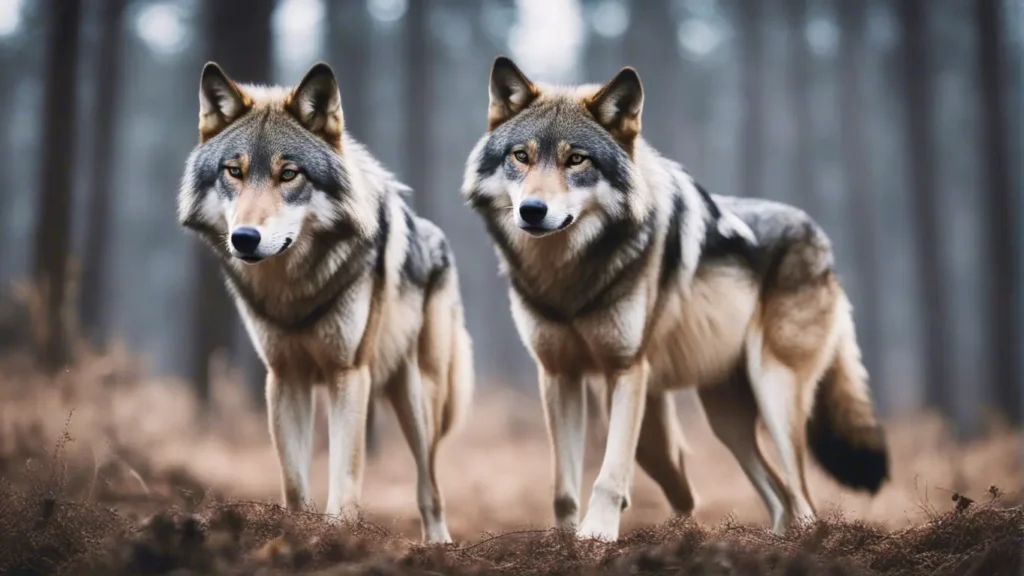
The Origins of Large Breeds
The domestication of the gray wolf over 20,000 to 40,000 years ago marks the pivotal foundation of all modern dog breeds. As wolves and early humans learned to collaborate in hunting expeditions, certain wolves with more docile traits were naturally preferred and bred. With the expansion of human civilizations, the need for formidable dogs that could guard property, livestock, and people became apparent. Larger canines were selected for these roles due to their physical prowess and stature. Yet despite their size, breeds like the Mastiff and Saint Bernard were also prized for their gentle, loyal nature when bonded with humans.
Regional Variations and Specialization
Different regions and cultures worldwide began developing localized breeds tailored to their unique environments and needs. In cold climates, sturdy, furry breeds like the Alaskan Malamute were bred to haul sleds and freight. In warmer regions, lean yet powerful breeds like the Great Dane were developed for hunting and guarding duties. The Irish Wolfhound, one of the tallest breeds, was honed over centuries to hunt elk and wolves in its native land. Wherever large dogs spread across the globe, they were bred to help with the tasks and challenges of daily life.
Notable Breeds Throughout History
- The Mastiff, one of the most ancient breeds, was valued since 3000 BC for its legendary guarding abilities and deployed in wars and Roman arenas.
- The Saint Bernard originated in the harsh Swiss Alps, where monks initially bred it to locate and rescue weary travelers trapped in snowstorms.
- The imposing yet gentle Great Dane, known as the “Apollo of Dogs,” was developed in Germany to hunt wild boars.
- The loyal Rottweiler was bred in Germany to herd livestock and pull butcher’s carts before becoming prized for police and protection work.
- The Inuit bred the hardy Alaskan Malamute, indigenous to the Arctic, to haul heavy freight as unrivaled sled dogs.
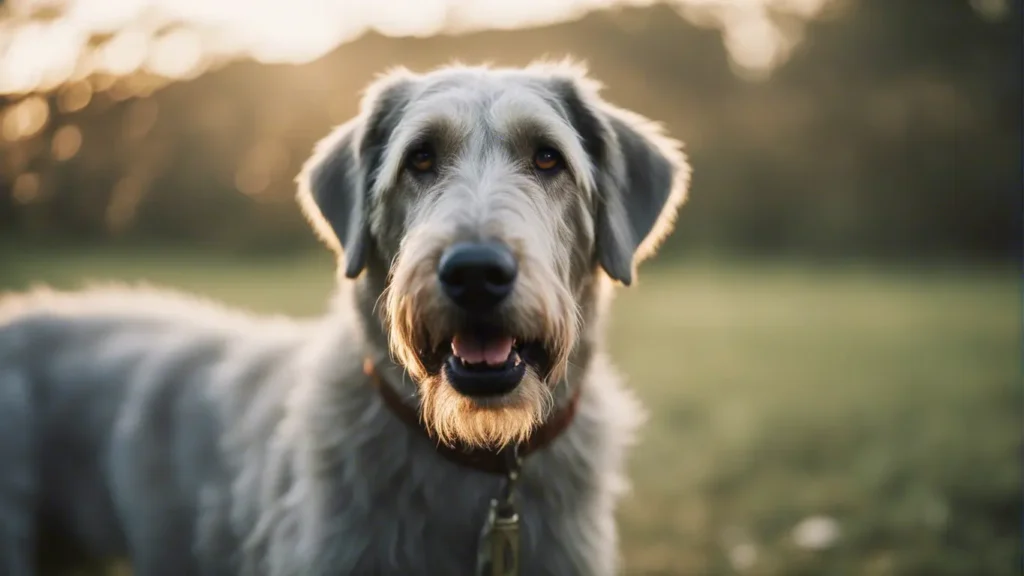
In conclusion, the history of large dog breeds illuminates humanity’s enduring bond with these iconic canines. Whether as workers, protectors, or companions, large breeds have long served by our side, leaving an indelible impact on our shared history.
Large Dog Breed List
- Afghan Hound
- Airedale Terrier
- Akita
- Alaskan Malamute
- Anatolian Shepherd Dog
- Belgian Malinois
- Belgian Sheepdog
- Belgian Tervuren
- Bernese Mountain Dog
- Black Russian Terrier
- Bloodhound
- Boerboel
- Borzoi
- Bouvier des Flandres
- Boxer
- Briard
- Bullmastiff
- Chesapeake Bay Retriever
- Collie (Rough and Smooth varieties)
- Coonhound (Black and Tan, Bluetick, Redbone)
- Curly-Coated Retriever
- Doberman Pinscher
- Dogo Argentino
- Dogue de Bordeaux
- English Setter
- Flat-Coated Retriever
- German Shepherd Dog
- Giant Schnauzer
- Golden Retriever
- Gordon Setter
- Great Dane
- Great Pyrenees
- Greater Swiss Mountain Dog
- Greyhound
- Irish Setter
- Irish Water Spaniel
- Irish Wolfhound
- Komondor
- Kuvasz
- Labrador Retriever
- Leonberger
- Mastiff (English Mastiff)
- Neapolitan Mastiff
- Newfoundland
- Old English Sheepdog
- Otterhound
- Pointer (English Pointer)
- Rottweiler
- Saint Bernard
- Saluki
- Samoyed
- Scottish Deerhound
- Siberian Husky
- Spinone Italiano
- Tibetan Mastiff
- Tosa Inu
- Weimaraner
The Benefits of Owning a Large Dog
With their commanding presence and loyal, larger-than-life personalities, large dog breeds can bring a special joy and fulfillment to owners that are hard to replicate. While all dogs offer companionship and affection, large breeds have distinct advantages that make them treasured additions to many families.
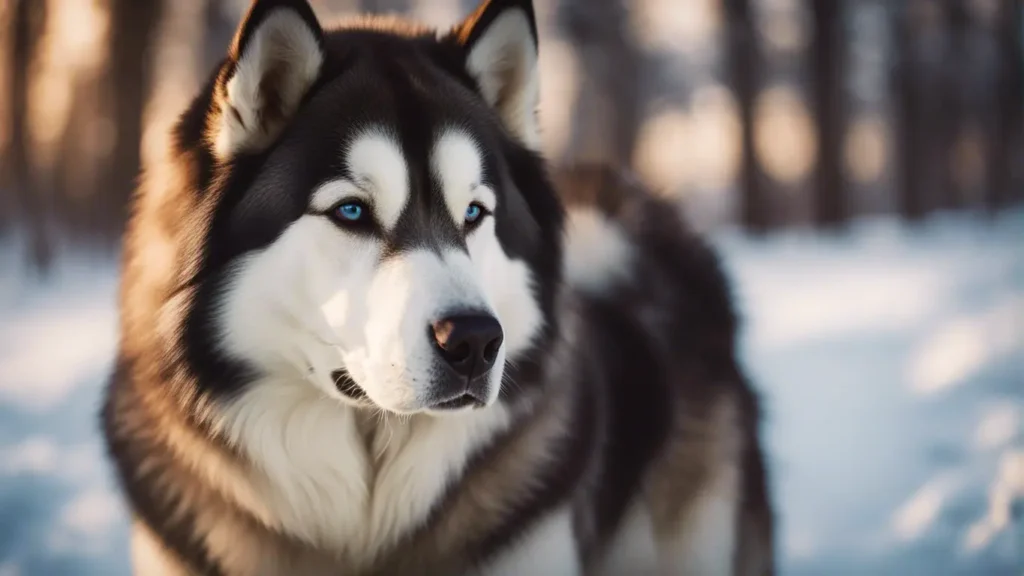
Safety and Security
One significant benefit of a big dog is its enhanced sense of security. Large breeds like the Rottweiler or Doberman inherently deter potential intruders simply through their imposing physical stature. Many large dogs are also bred to be protective, making them alert and formidable guardians. For homeowners or families, a large dog is often the first line of defense.
Powerful Bonding and Loyalty
Due to their active, working dog roots, many large breeds form intensely strong bonds with their human families. Breeds like the Saint Bernard and Great Pyrenees are known for their steadfast loyalty and devotion. Large dogs often forge deep connections so that they become pets and faithful family members.
Durability and Sturdiness
With their substantial build, large dogs are naturally hardier and more durable for an active lifestyle. Breeds like the Labrador Retriever thrive when outdoors and are ideal adventure partners for hiking, running, or even dog sports. Their robust health means they can withstand play and exercise better than smaller breeds.
Trainability and Eagerness to Please
Many popular large breeds, like the Golden Retriever, have been bred for intelligence, making them highly responsive to training. Their aim to please owners translates into fewer repetitions when learning new commands or behaviors. Well-trained large dogs are a joy to own.
Social Magnetism
Large dogs inevitably attract attention and interest in public spaces like parks. They can be true social catalysts, sparking conversations and allowing owners to connect. People congregate around their attractive presence.
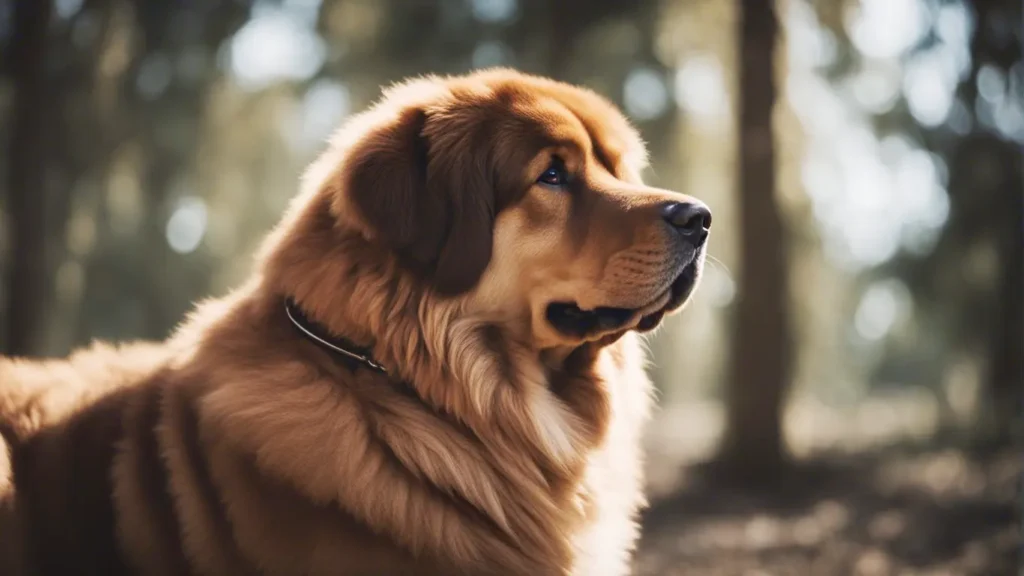
Therapeutic and Health Benefits
Interacting with a devoted large dog has been shown to reduce stress, lower blood pressure, and boost oxytocin levels. Their needs promote more physical activity and time outdoors for owners. Overall, a large dog’s presence enhances mental and physical well-being.
Large dogs make uniquely wonderful companion animals for protection, enduring loyalty, robustness, and more. Their size, spirit, and love enrich owners’ lives profoundly.
The Challenges of Owning a Large Dog
Large dogs undeniably make beautiful pets, but their substantial size and needs can pose some unique challenges for owners. Being prepared for these hurdles can help ensure your large four-legged friend’s good quality of life.
Housing Considerations
Large and giant breeds require ample space to stretch out and move comfortably, incredibly energetic varieties like Labradors or Great Danes. Apartments or tiny homes can feel cramped and restrictive. Ensure your home provides enough square footage and access to a securely fenced outdoor area.
Greater Financial Commitment
From specially sized dog beds to more frequent grooming, expenses inevitably scale up with a more giant dog. Vet bills also increase proportionally to size—budget accordingly for food, supplies, and healthcare to avoid financial strain. Insuring your large pup can provide peace of mind.
Intensive Exercise Requirements
Most large dogs need vigorous daily exercise to expend energy and stay fit—ideally 30-60 minutes of walking or playing. Without adequate activity, they are prone to developing behavioral problems like destructiveness. Be ready to commit to a daily exercise routine.
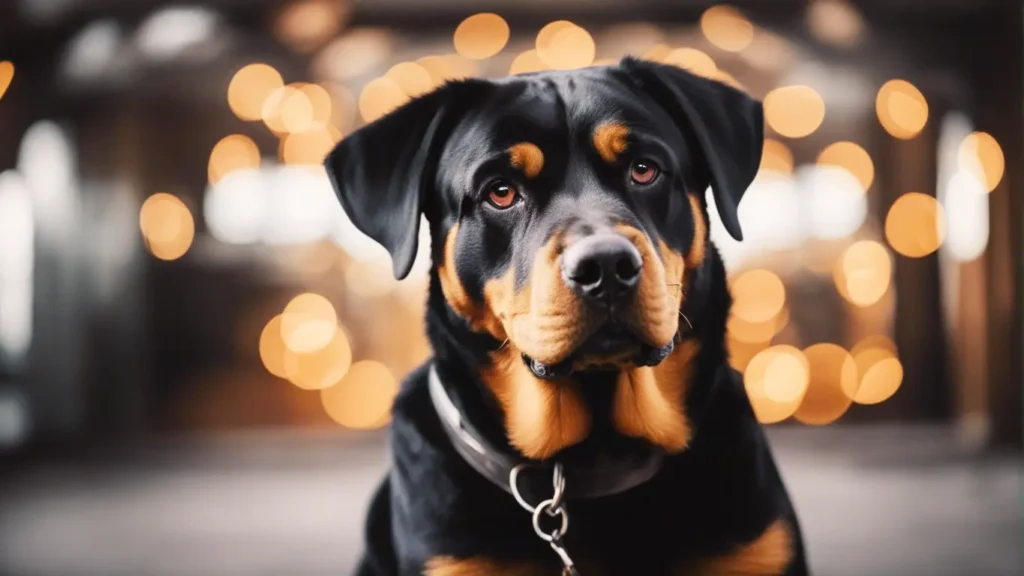
Training Challenges
Large dogs can be more difficult to manage physically, mainly when untrained. Attending obedience classes early improves control and curbs problematic behaviors before size becomes an issue. Patience and persistence are vital for training giant breeds.
Potential Health Issues
Some large breeds are prone to orthopedic conditions, cardiac problems, and bloat. Research the medical predispositions of any species you’re considering. Scheduling regular vet checkups helps catch problems early.
Shortened Lifespan
Sadly, due to accelerated growth, many oversized dogs have shorter life expectancies in the 6-8 years range. Providing excellent nutrition and healthcare can help maximize your large pup’s lifespan.
By anticipating the unique needs of a big dog, you can take steps to meet the challenges successfully. Their companionship and love make the extra effort worthwhile.
How to Choose the Right Large Dog Breed for You
Selecting a compatible large dog breed is critical to ensuring a happy and healthy long-term relationship for both dog and owner. Consider your lifestyle, preferences, and living situation when making this crucial decision.
Assess Your Activity Level
High-energy breeds like Labrador Retrievers require upwards of 60+ minutes of vigorous daily exercise. Lower energy breeds like Mastiffs, on the other hand, may only need a few short walks each day. Choose a breed that matches your activity level.
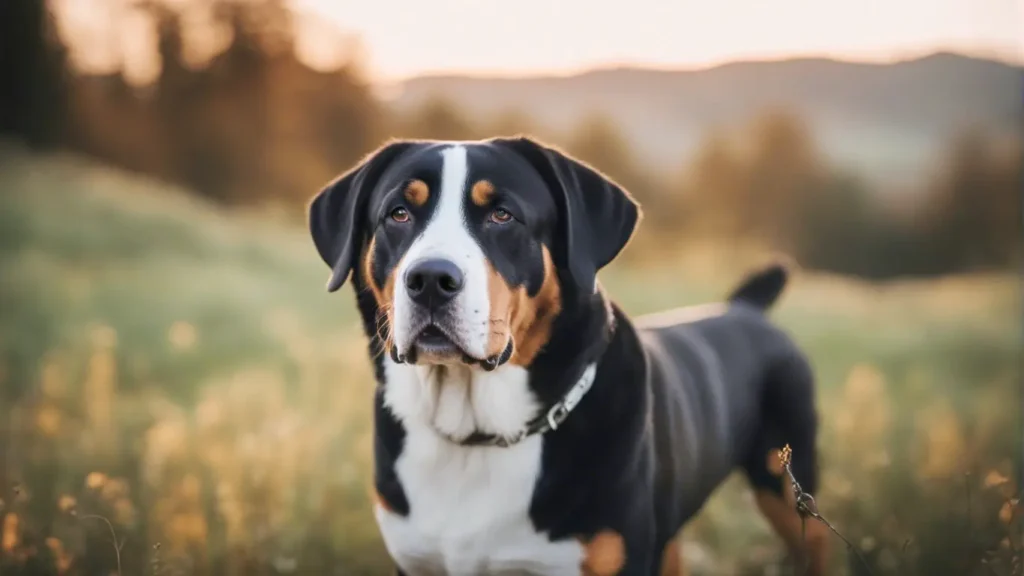
Consider Grooming Requirements
Some large breeds, like Poodles, need professional grooming regularly, while short-haired breeds only require weekly brushing. Consider how much time and money you can dedicate to grooming before picking a breed.
Research Any Health Concerns
Many larger breeds are prone to orthopedic issues, cardiac conditions, or bloat. Research health problems associated with breeds you’re interested in and plan for any potential veterinary costs.
Choose an Appropriate Temperament
Consider whether you want a protective guard dog, a fun-loving family dog, or a gentle giant. Research breed tendencies to find one that aligns with your preferences.
Ensure You Have Adequate Space
Large dogs need room to move comfortably. Ensure your home and yard provide enough space or have access to large parks and walking trails nearby.
Consider Training Requirements
Some independent breeds, like Siberian Huskies, may need professional training. Others, like Golden Retrievers, are very eager to please owners. Understand each breed’s trainability.
Factor in Life Expectancy
Sadly, giant breeds often have shorter life spans. If you hope for many years with your dog, medium-sized breeds may be a better choice.
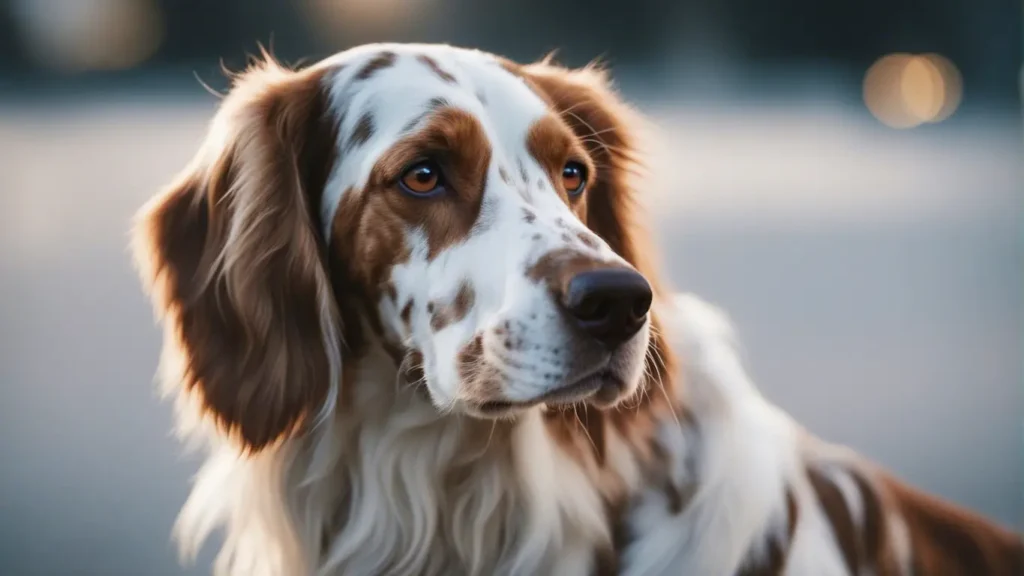
Assess Compatibility with Other Pets/Kids
If you have other animals or small children, focus on breeds known for their easygoing gentleness, like the Newfoundland or Great Dane.
Taking the time to reflect on your lifestyle and needs will allow you to find the ideal large dog breed for your family. This helps create a happy home for you and your new furry friend.
How to Care for a Large Dog
Owning a large or giant dog breed comes with some unique care requirements. Their substantial size makes paying attention to their needs especially important for their health and happiness.
Provide a Nutritious Diet
Large breed dogs need balanced diets formulated specifically for their breed, age, and activity level. Puppies especially require controlled growth diets for healthy musculoskeletal development. Consult your veterinarian.
Ensure Plenty of Exercise
Most large breeds need at least 30-60 minutes of exercise daily. Walks, playtime, and joint-friendly activities like swimming keep them fit. Some laidback giants like Mastiffs need less. Adjust to your dog’s energy levels.
Implement Early Training
Early socialization and obedience training are essential for large dogs to curb problematic behaviors before they become unmanageable. Seek professional training if needed.
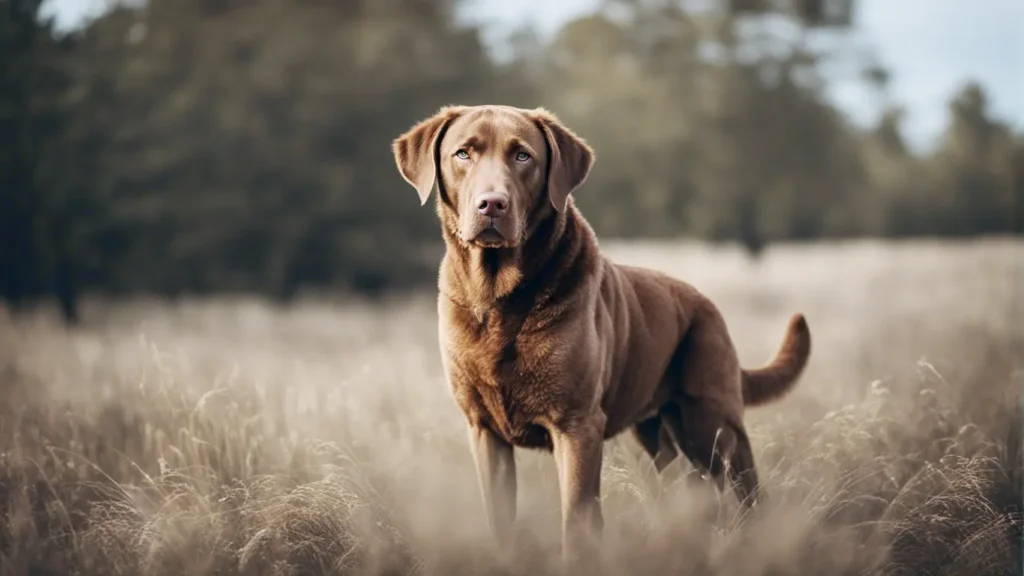
Schedule Vet Checkups
Make regular vet visits to monitor for potential breed-specific health conditions. Keep up with recommended vaccinations and preventative care.
Brush and Groom Regularly
Stick to a grooming routine suited to your dog’s coat length. Brush frequently to reduce shedding and skin irritation. Trim nails as needed.
Provide Sufficient Indoor Space
Ensure your large dog can move comfortably in your home. Provide appropriately sized sleeping areas and water/food bowls. Safeguard against accidentally knocking things over.
Offer Interactive Toys
Prevent boredom by providing sturdy chew toys and puzzles that provide mental stimulation. Rotate toys to keep their interest.
Give Plenty of Love and Attention
All dogs thrive on human interaction. Make time for belly rubs, walks, playtime, and relaxing together. Large dogs especially crave bonding.
With some planning and focus on their unique needs, caring for a big dog is very fulfilling. They’ll repay your efforts with years of devoted companionship.
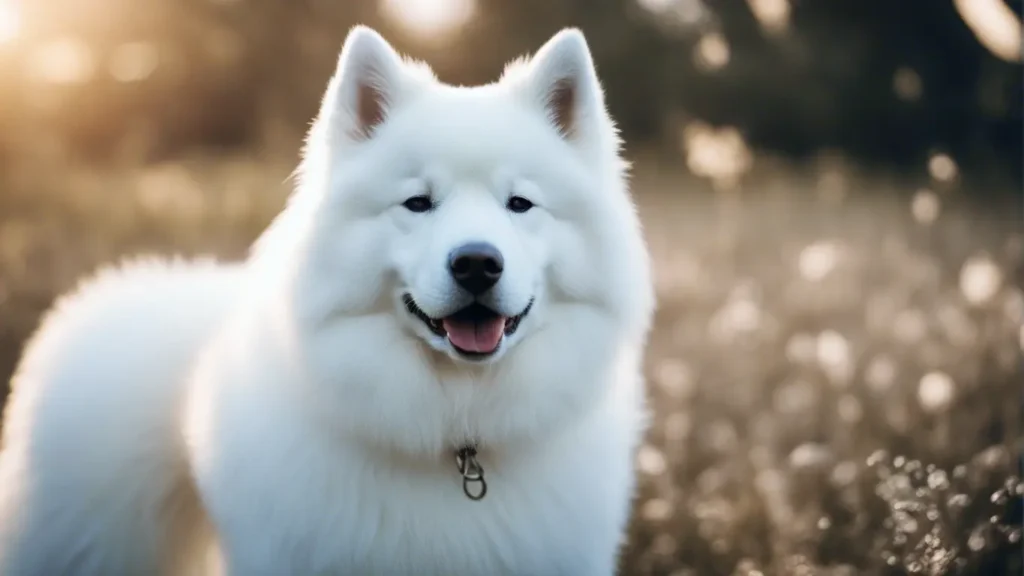
Where to Find Reputable Large Dog Breeders and Rescues
Adding a large dog to your family is an exciting decision. Making sure your new canine companion comes from an ethical, responsible source should be a top priority. Here is guidance on finding reputable breeders and rescues for large dog breeds.
Locating Responsible Breeders
- Contact national breed clubs for referrals to breeders who follow their code of ethics. The AKC website lists affiliated breed clubs.
- Attend dog shows to meet breeders and their dogs in person. Assess the dogs’ health and temperament.
- Ask your veterinarian to recommend breeders known for prioritizing dog welfare.
- Get referrals from satisfied large dog owners, trainers, or groomers.
- Thoroughly research breeders online. Look for health screenings, fair pricing, small breeding volumes, and positive reviews.
Finding Reputable Rescues
- Search for breed-specific rescue organizations dedicated to rehoming surrendered dogs of that breed.
- Check local shelters, humane societies, and petfinder.com for adoptable large dogs. Visit regularly.
- Join breed-specific social media groups. Members often share rescue dogs in need of adoption.
- Look for local rescue group adoption events. Meet dogs in person to find the best temperament match.
Ensuring Responsible Practices
- Make in-person visits mandatory. Observe the dogs’ living conditions and health.
- Ask many questions about the dog’s background, temperament, and health.
- Verify health screenings and documentation from breeders. Get medical history from rescues.
- Avoid breeders who won’t allow visits, overbreed dogs, or cannot provide references.
Finding a beloved large dog begins with selecting responsible sources. Do your homework to ensure you’re supporting ethical practices.
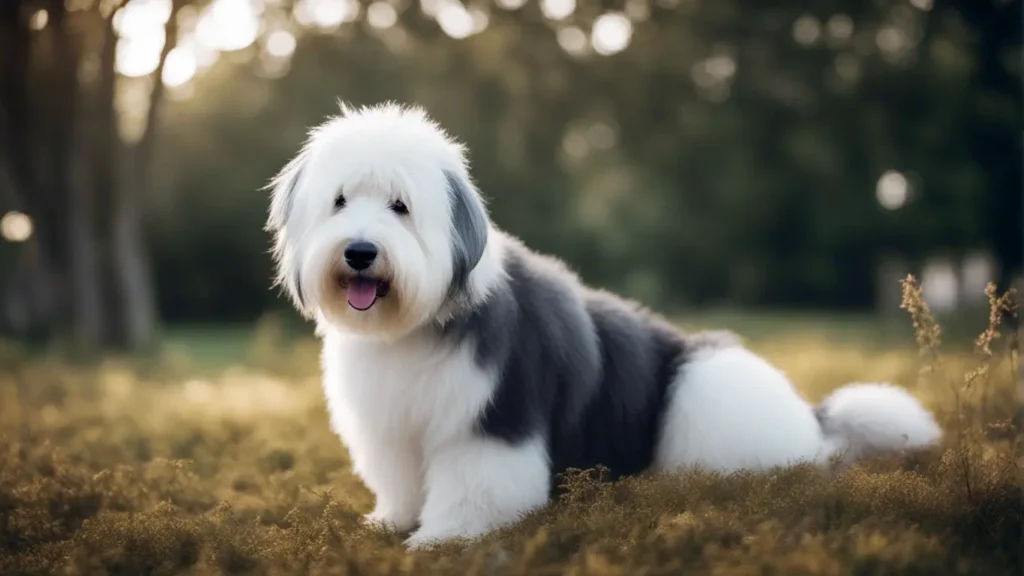
The dogs we know, love, and depend on today carry within them generations of history, purpose, and instinct. Large breeds especially reveal the profound, nuanced relationship between canines and humans. They have laid their massive heads in our laps by the campfire, pulled our sleds through the icy tundra, guarded our families through the night, and filled our homes with unwavering love.
By understanding their origins, needs, and hearts, you can forge a meaningful, rewarding partnership beyond measure. Whether spreading joy on long walks, overcoming challenges together, or snuggling close after a difficult day, few other companions offer the total presence of a loyal large dog. They will change your life as much as you change theirs.
So, are you ready to leap? A towering, furry friend is out there waiting for you. Make the connection, and enjoy a boundless love that has linked humans and canines for eons. Your large dog’s story starts right now.